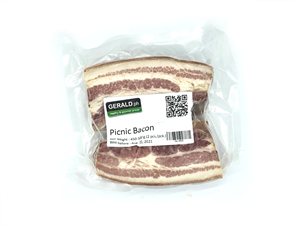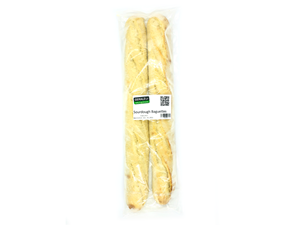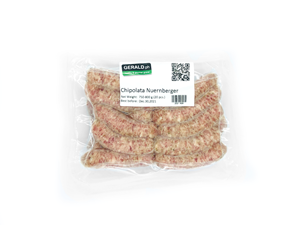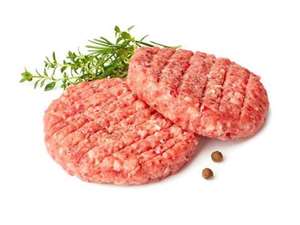Pastis de Marseille - Prado
1 liter
An herbalist, working with a local plant called wormwood, thought to be a magical cure for everything, made the first batch. She found the curative properties of his discovery enhanced when he steeped the herbs in 136° alcohol, which became the traditional strength for absinthe. In the 1890s, artists, poets, and society types made absinthe, "the green goddess", the drink of cafe, and bistro society. They drank it with ice-cold water and added drop by drop through a special spoon and a sugar cube.
By 1905, reformers and politicians jumped on a bandwagon against the evils of absinthe. In 1915 absinthe, a convenient scapegoat for France's appalling losses in World War I was banned. Absinthe had a huge following despite its increasingly bad public reputation. Most manufacturers used a trace of wormwood, and some used none at all. When the ax fell, they simply relabeled their product anis with little or no reformulation. [dandm.com]
Tasting Notes
Smooth and very full-flavored, with a very refreshing edge, excellent in the summertime.
The liqueur that we call pastis is the direct descendant of the infamous absinthe, the favorite drink of fin de siecle Paris.
The flavor comes from licorice and seeds of the star anise plant (an important ingredient in the outlawed absinthe), whose pods resemble starfish. Anis liqueurs are the most popular liqueurs in France and the Mediterranean countries. Absinthe was the classic anis spirit. [dandm.com]
Alcohol content: 45%
*Fair warning: Alcohol is dangerous for the health. Drink responsibly.










